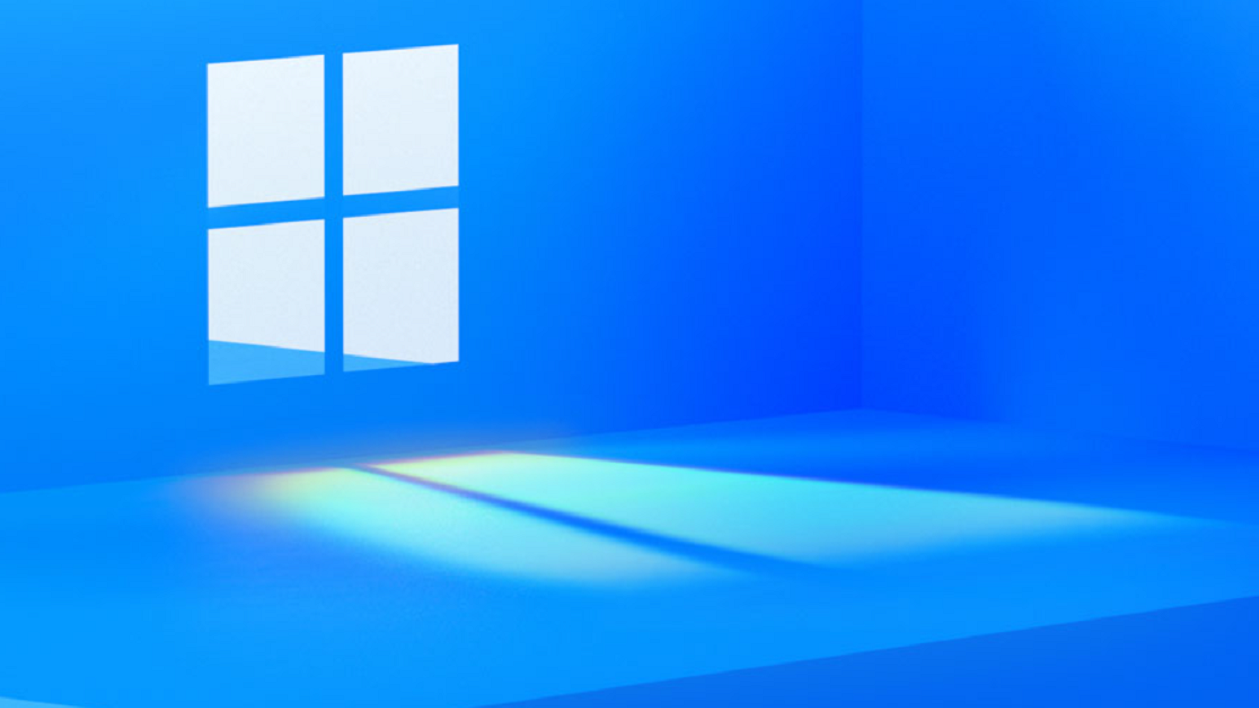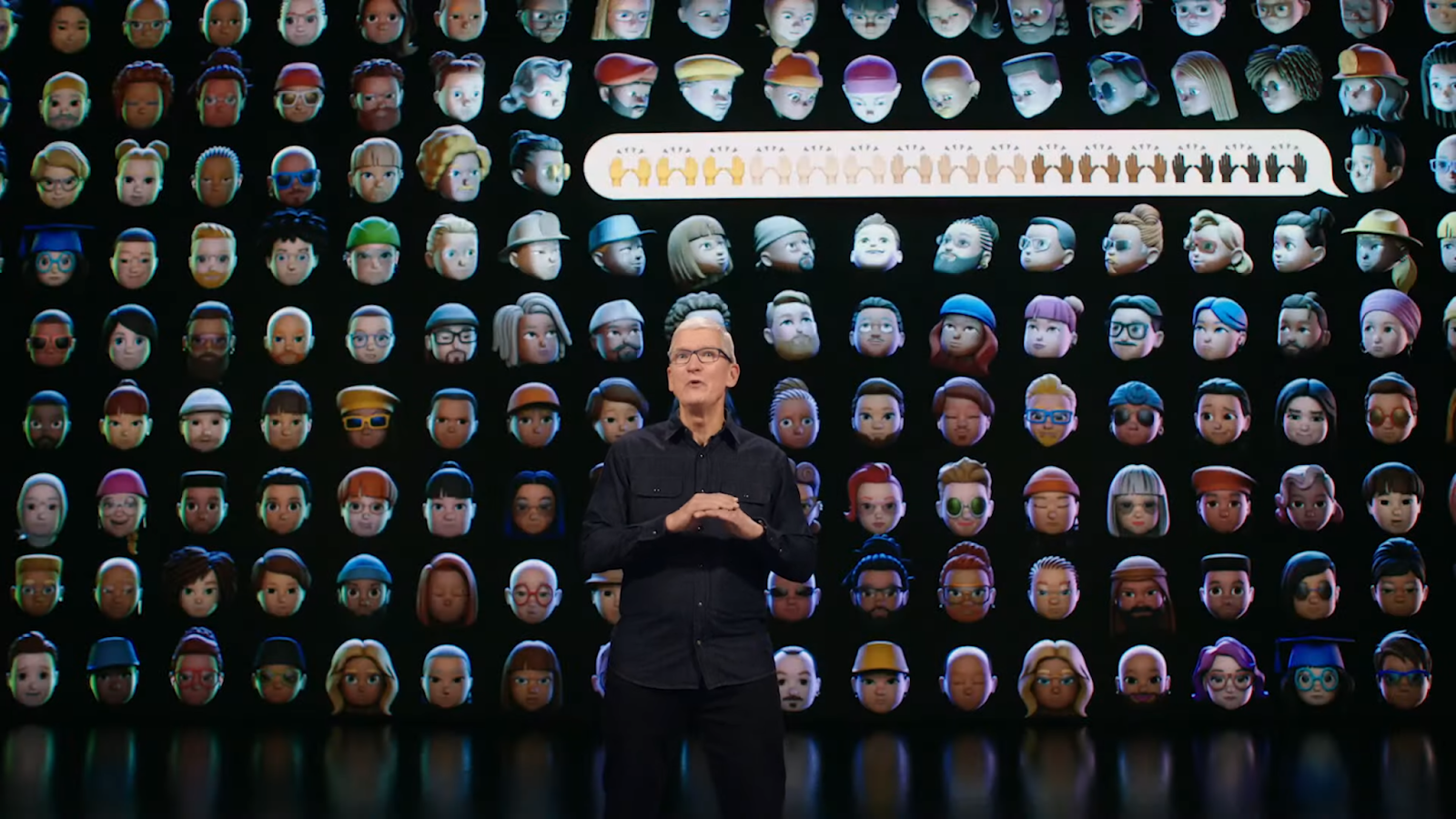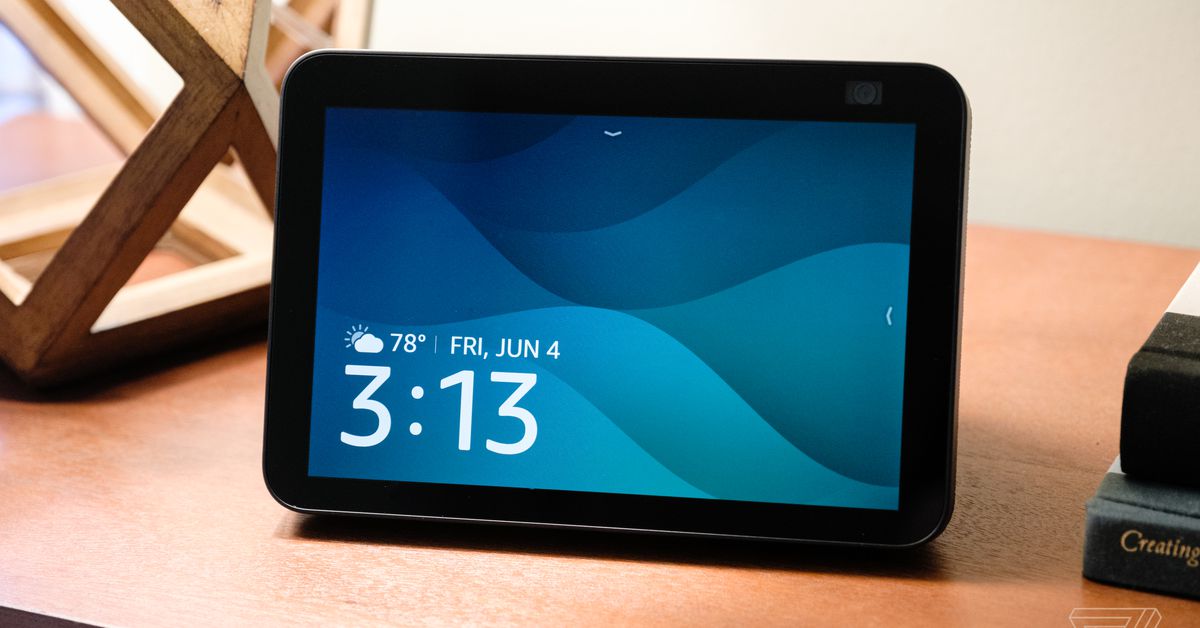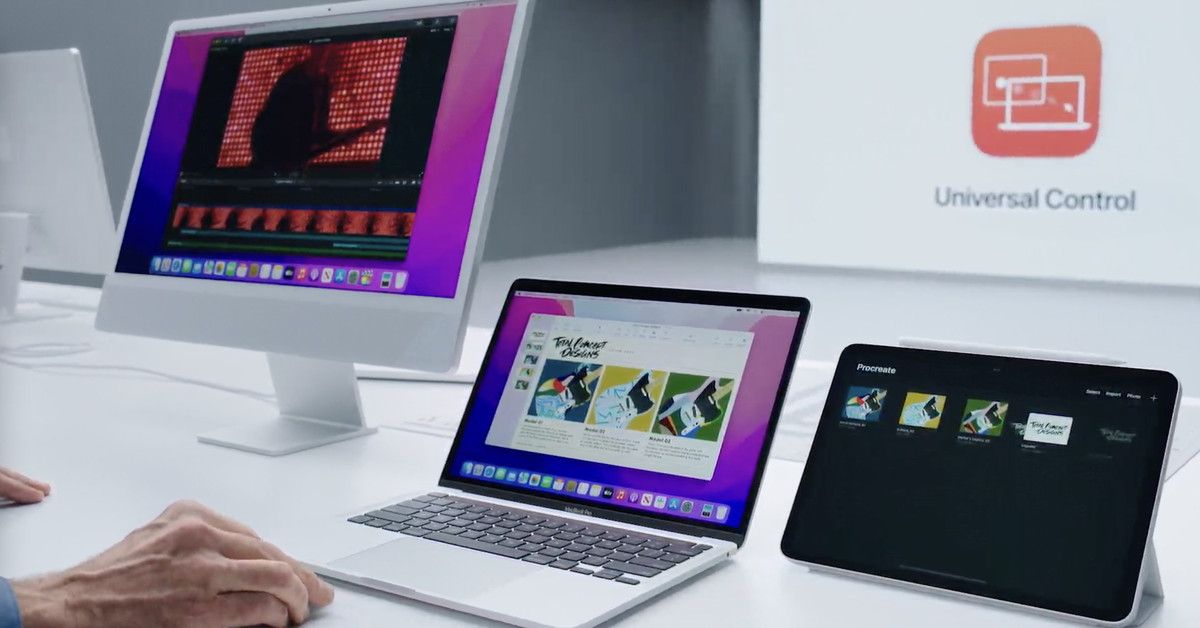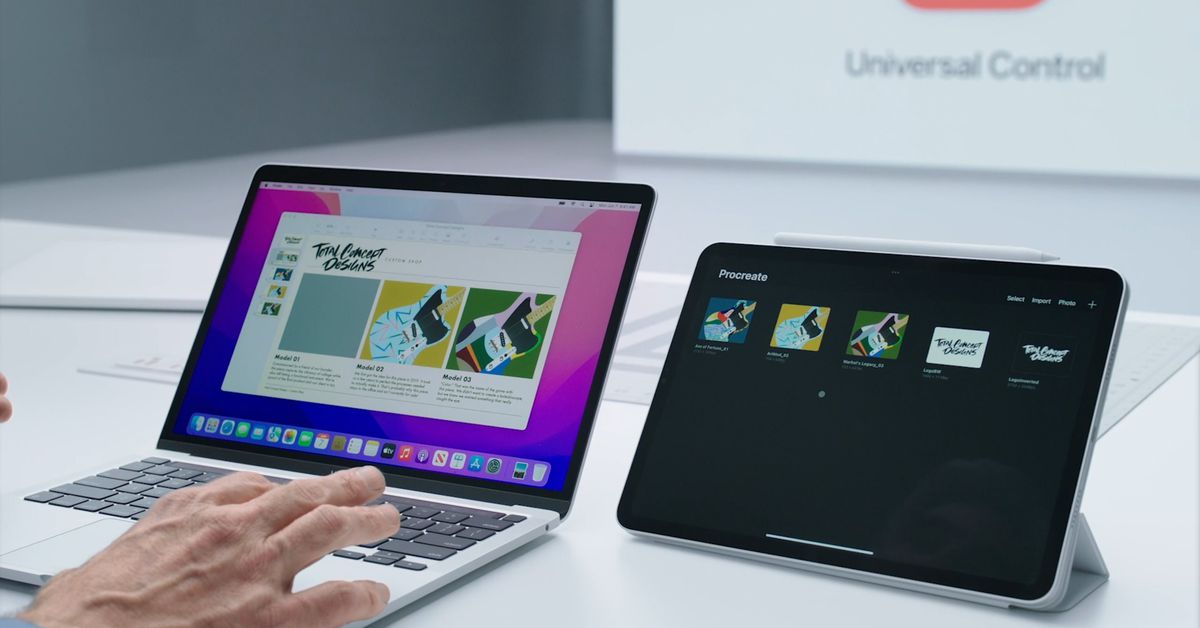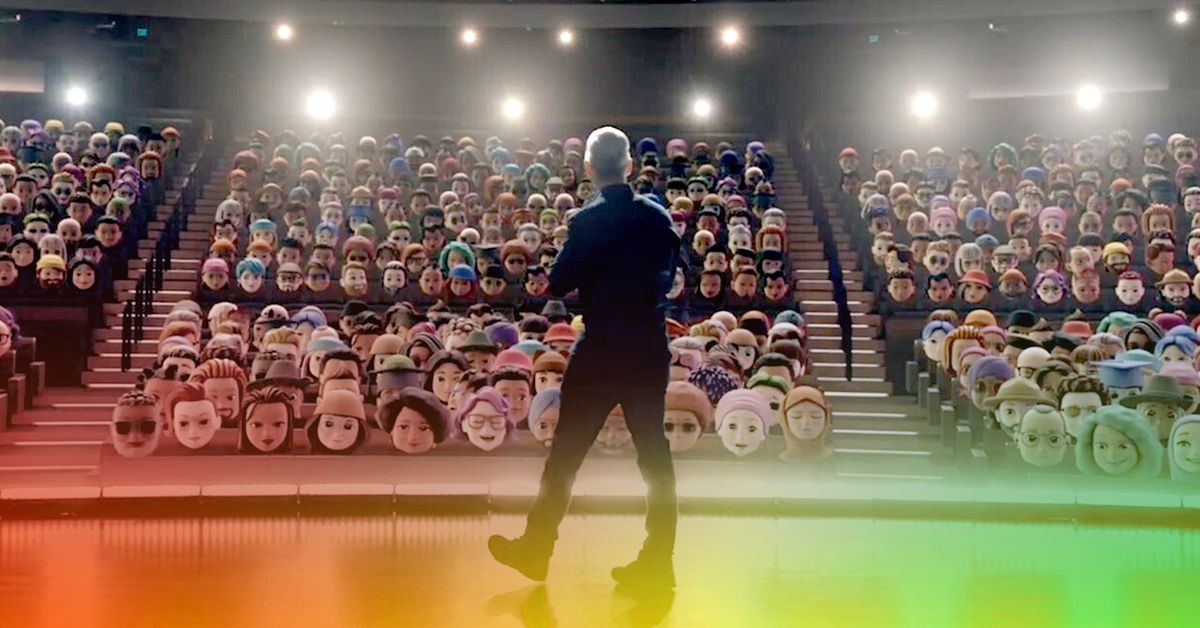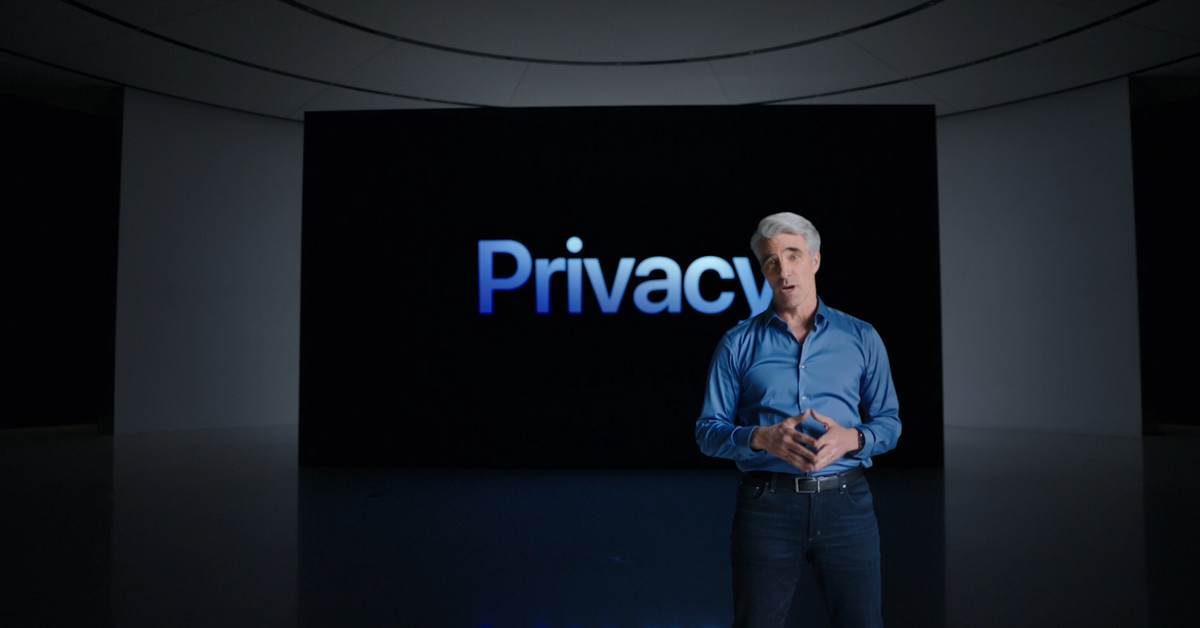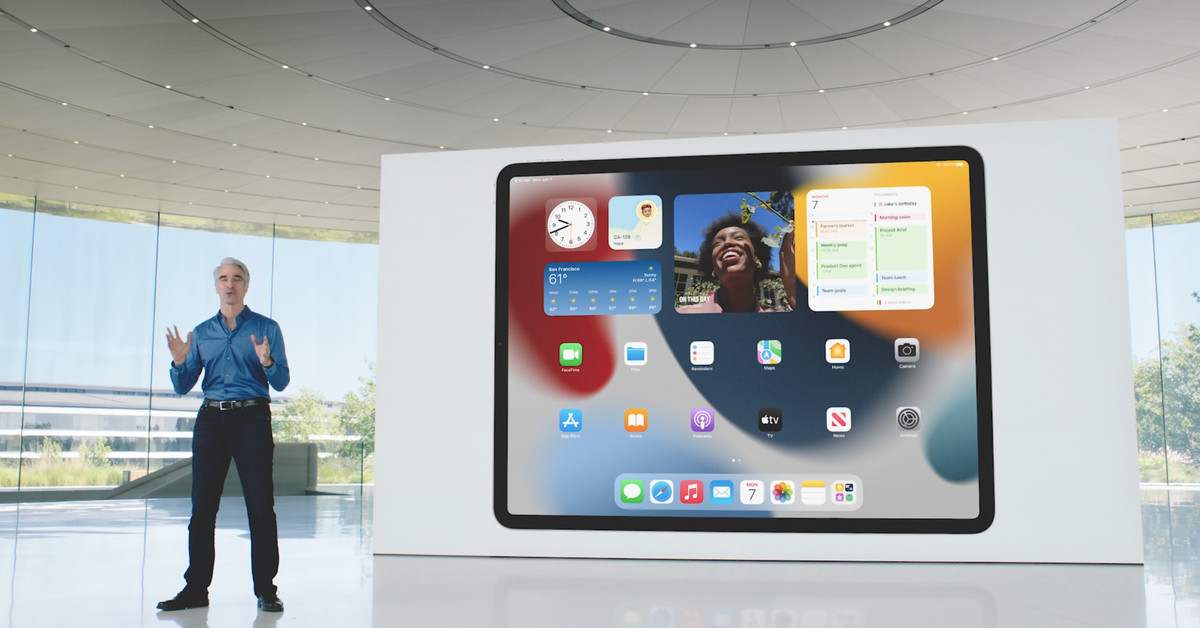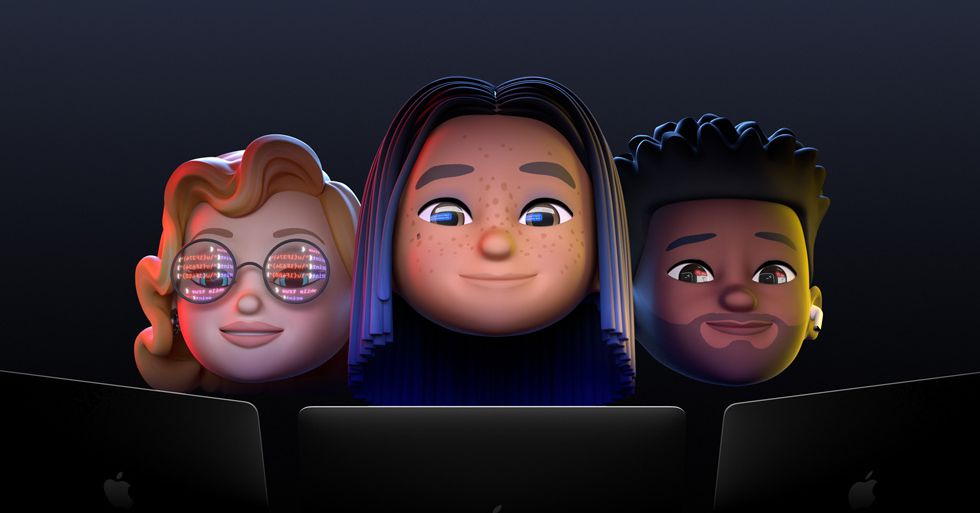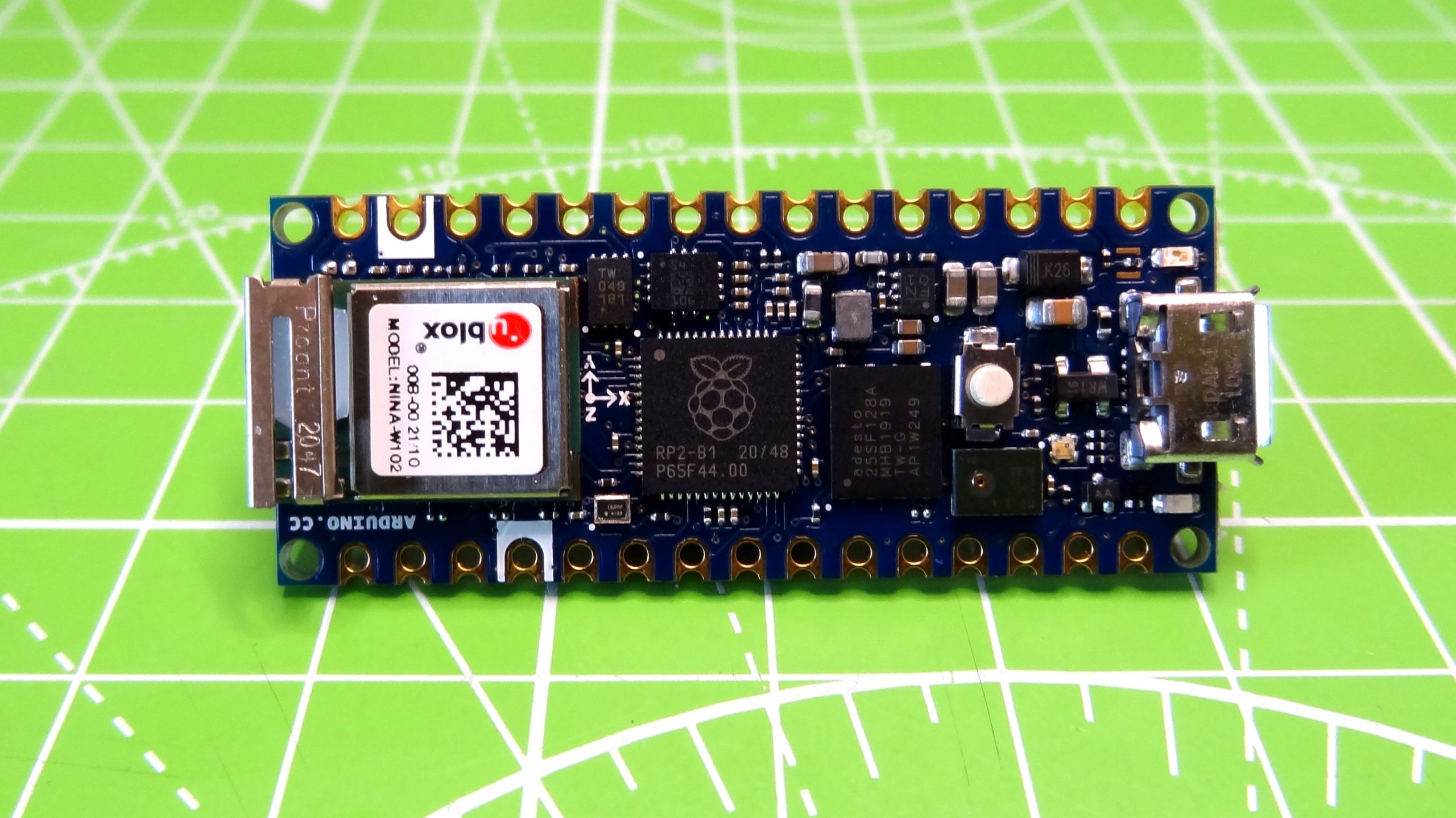Microsoft is getting ready to announce the biggest update to Windows since Windows 10’s debut in 2015, and even though the company hasn’t officially revealed anything about this update, all signs point to it offering a significantly different experience for PC users. In fact, the update is supposed to be so radical that it could lead to a new version number, Windows 11. Though Microsoft hasn’t confirmed the name change, it has strongly hinted at it, both in the artwork for its June 24th press event and the 11 am time.
What follows is everything we know so far about the update that will likely be called Windows 11.
When Will Windows 11 Be Announced?
Microsoft started teasing Windows 11 on June 2 with an invitation to a digital event called “What’s Next for Windows” scheduled for June 24 at 11am ET. The invitation featured a GIF showcasing a redesigned Windows logo that defies the laws of physics by casting just two shadows that, if you squint, look a bit like “11.”
Join us June 24th at 11 am ET for the #MicrosoftEvent to see what’s next. https://t.co/kSQYIDZSyi pic.twitter.com/Emb5GPHOf0June 2, 2021
See more
Why Do We Think It Will Be Called Windows 11?
Those shadows probably would have been enough to inspire speculation about Windows 11 on their own, but scheduling the event for 11am ET also helped. Many of Microsoft’s events are held later in the day — especially since the pandemic forced those events to be online-only — because the company is based on the West Coast. The working theory is that Microsoft wouldn’t have scheduled an event so early in the day without a good reason; synchronicity with the new version number would qualify.
As for why everyone thinks Microsoft is moving on from Windows 10 even though it was supposed to be “the last version of Windows”: Microsoft CEO Satya Nadella said at the Build 2021 developer conference in May that the company planned to “share one of the most significant updates to Windows of the past decade,” which he called “the next generation of Windows,” some time “soon” after the conference. So the speculation is supported by more than just a GIF and an event’s start time.
Nadella didn’t reveal many details about this Windows update at Build 2021, but that doesn’t necessarily mean Windows 11 is a black box. A number of reports, rumors, and ruminations based on the scrapped Windows 10X operating system have offered some clues as to what we might expect from the next generation of Windows, and by all accounts the changes will be significant enough to warrant that moniker.
Also, consider that changing the name of Windows is a great way to generate interest and even spur more PC sales. Everytime there is a new version of Windows, consumers want to buy computers with that OS pre-installed, even if upgrading is easy.
How Windows 11 Could Change the User Experience
Reports indicate that Microsoft has been planning many changes to the Windows 10 user experience for a while now. Windows Central reported in October 2020 that the company was looking to “update many top-level user interfaces such as the Start menu, Action Center, and even File Explorer, with consistent modern designs, better animations, and new features” via a project known internally as “Sun Valley.”
Sun Valley wasn’t supposed to replace the Fluent Design language Microsoft introduced at Build 2017 and expanded to iOS, Android, and the web in 2019, Windows Central said, but was instead meant to expand the design language to additional parts of Windows. This would likely result in a more cohesive user experience than the hodgepodge of design languages present in Windows 10.
User Interface Tweaks
Some of these small-but-notable design problems were pointed out by Microsoft program manager Yulia Klein in the public GitHub repository for WinUI in November 2020. Klein said that “XAML controls are inconsistent with how web and mobile apps are evolving” and that her proposed changes were “part of the work to refresh Xaml UI to align with other platforms while looking familiar on Windows.”
The proposal included changes to toggle switches, sliders, and rating controls used throughout Windows. These user interface elements are nearly ubiquitous; changes would likely have a greater-than-expected effect on the operating system’s design. Klein’s post also made it clear that Microsoft was indeed looking to update Windows’ design, lending credence to the Windows Central report from a month prior.
Microsoft’s plans to modernize the Windows user experience were all but confirmed by a job listing in January that said:
“On this team, you’ll work with our key platform, Surface, and OEM partners to orchestrate and deliver a sweeping visual rejuvenation of Windows experiences to signal to our customers that Windows is BACK and ensure that Windows is considered the best user OS experience for customers.”
Looking for Clues from Windows 10X
It wasn’t hard to connect the dots between Sun Valley and that job listing. As for what this “sweeping visual rejuvenation of Windows” might look like, well, those also came from Microsoft itself. The company planned to make several changes to the user experience for Windows 10X, the operating system meant for foldable devices that was repurposed to single-screen devices and eventually cancelled altogether.
Microsoft released a Windows 10X emulator for developers at Build 2020 that showcased a few user experience changes such as a redesigned app switcher, a new Start menu, and a Quick Settings menu for commonly used controls. Now that the changes originally meant for Windows 10X are reaching Windows proper instead, it would make sense for some of these elements to make their way to Windows 11.
Image 1 of 3
Image 2 of 3
Image 3 of 3
These user experience changes probably won’t be as stark as the jump from Windows 7 to Windows 8. It seems more like Microsoft is fully committing to the Fluent Design language it revealed four years ago, looking to improve the Windows experience on touchscreen devices, and making seemingly inconsequential changes that culminate in a familiar yet noticeably different way of using Windows.
How Windows 11 Could Change the Microsoft Store
Windows 11 might not just change the way the operating system looks—it could also change the way people find, purchase, and install software. That seems to be what Microsoft is hoping, at least, because the company is reportedly working to make the Microsoft Store more important to Windows users and developers alike.
An Appeal to Developers
Windows Central reported in April that Microsoft plans to make three developer-facing changes to its software distribution platform: allowing unpackaged Win32 apps into the Microsoft Store, letting developers host apps and updates themselves, and permitting the use of third-party commerce platforms. All three of those changes would make it easier for Windows developers to offer their products via the Microsoft Store in addition to (or instead of) other distribution options.
The company is also appealing directly to developers’ wallets. It announced at Build 2021 that it would only take a 12% cut of revenues from game sales via the Microsoft Store instead of the 30% cut it was taking before. That change isn’t groundbreaking — the Epic Games Store offers a similar arrangement—but it does make the Microsoft Store more competitive with platforms like Steam. It’s also less than the cut Microsoft takes for other apps sold via the Microsoft Store.
Microsoft currently takes a 15% cut of the revenues from many apps sold via its platform. It also takes a 30% cut from app and in-app purchases made via the “Microsoft Store for Business; Microsoft Store for Education; Microsoft Store on Windows 8 devices; or Microsoft Store on Windows Phone 8 devices” per the App Developer Agreement that was last updated in July 2020. Maybe the new rate for game sales hasn’t been added because similar changes are coming to other apps.
An Appeal to Consumers
The Microsoft Store is also expected to receive a visual overhaul similar to the rest of Windows 11, according to the Windows Central report, as well as updates meant to provide “a more stable download and install experience for large apps and games.” Both could improve the experience of finding software via Microsoft’s storefront. (Even if many Windows users are likely to continue installing apps via the web or competitive platforms simply because that’s what they’ve gotten used to doing.)
This is also a symbiotic relationship. Right now Microsoft has to figure out how to get developers to ship their apps via the Microsoft Store even though it’s not popular among consumers, which means it has to get consumers to download apps via the Microsoft Store even though many developers aren’t invested in the platform. A new version of Windows (aka Windows 11) provides the perfect opportunity for Microsoft to address both of those problems, without carrying the baggage associated with the store’s current iteration.
When Windows 11 Should Arrive
This might be the biggest question mark ahead of Microsoft’s event. The company usually releases major updates to Windows 10 twice a year, once in the spring and once in the fall, and the Windows 10 May 2021 Update’s release last month makes a September or October launch window for Windows 11 seem like a possibility.
It can be hard to predict operating system release dates, however. Microsoft announced Windows 10X in February 2020 with a planned fall 2020 release date, then announced in July 2020 that the operating system wouldn’t arrive until 2021, and then finally said in May that it was being shelved for the foreseeable future. Major updates to Windows 10 have also been delayed in the past, with the Windows 10 October 2018 Update only starting its automatic rollout in January 2019.
The safe bet would probably be for Windows 11 to arrive sometime between September and December. Microsoft will likely release preview builds before then, however, so those curious about the future of Windows should probably sign up for the Windows Insider Program if they’re comfortable using unstable software.
How to Find Out What Comes Next
Microsoft plans to reveal Windows 11 — or at least the update everyone has taken to calling Windows 11 — during the “What’s Next for Windows” virtual event on June 24 at 11am ET. The event will be live streamed via the Microsoft website and has been given the designated #MicrosoftEvent hashtag for use on social platforms.
